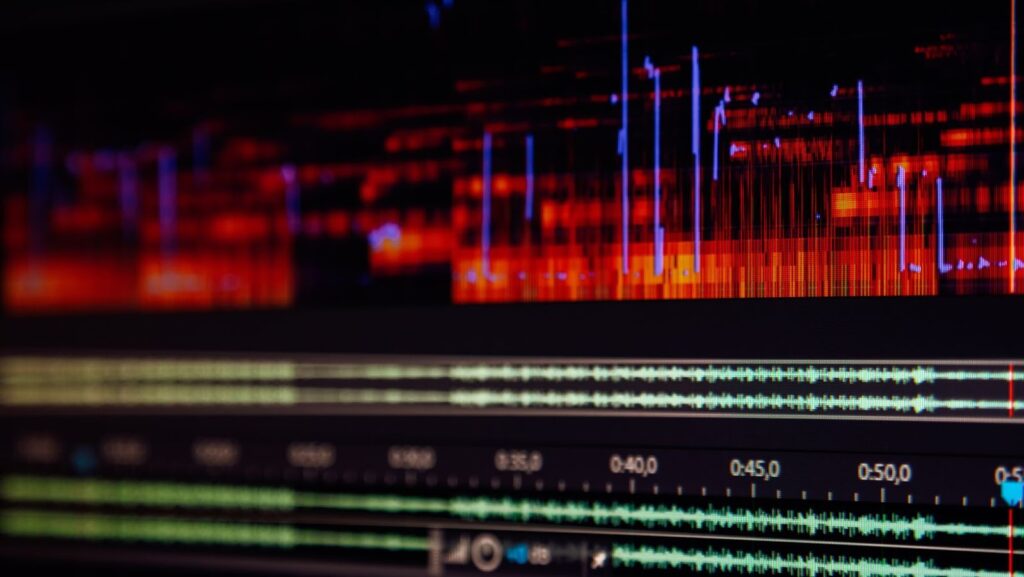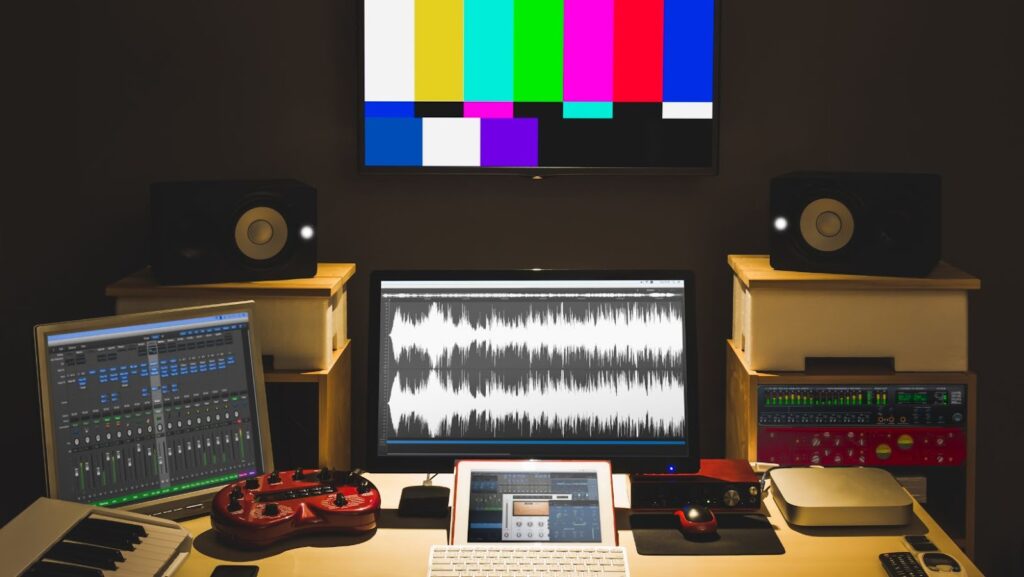In the ever-evolving world of music, technology continuously reshapes how composers, musicians, and educators interact with scores. Music scanning and transposing software has become a game-changer, allowing users to digitize printed music sheets quickly and effortlessly adjust compositions to any desired key. This innovation not only saves time but also enhances accessibility, making it easier for artists to explore and perform a wider range of music.
Music Scanning & Transposing
Music scanning and transposing software streamlines the process of converting printed music sheets into manipulable digital formats. It simplifies tasks like key changes, allowing musicians to explore different pitches without manually rewriting the scores.
What Is Music Scanning Software?
Music scanning software utilizes Optical Character Recognition (OCR) to digitize printed sheet music. It accurately captures and converts notes, rhythms, dynamics, and other musical symbols from paper into editable digital scores. The primary advantage lies in its ability to quickly transform traditional music sheets into various digital formats such as MIDI, MusicXML, or proprietary software files. For example, musicians can scan a classical piano piece and have it ready for playback or editing on their digital audio workstation within minutes.
What Is Transposing Software?
Transposing software is designed to modify the key of a digital music score seamlessly. This tool provides musicians the flexibility to adapt music to suit different vocal ranges or instruments that require score adjustments for performance compatibility. Through the software, users can change the pitch of the entire piece or just selected segments, ensuring that transpositions are harmonically and melodically correct. This functionality is particularly valuable in educational settings where teachers might need to transpose music to accommodate the varying skills and ranges of their students.
Key Features to Look For in Music Scanning & Transposing Software

Optical Music Recognition (OMR) Technology
Optical Music Recognition, or OMR, serves as the backbone of effective music scanning software. This technology scans printed music sheets and converts them into digital forms, interpreting notes and other musical symbols with high accuracy. The best OMR technology minimizes errors in recognition, enabling it to handle complex scores and various musical notations. Users benefit from quick digitization of vast music libraries, ensuring they can access and edit their scores efficiently.
Editing Capabilities
Editing capabilities are critical for musicians who need to adjust compositions frequently. Top-tier music scanning and transposing software offers extensive editing tools that allow users to modify everything from note pitch to rhythms directly within the software. This includes the ability to add or delete notes, change key signatures, and adjust tempo without requiring external applications.
Integration With Musical Notation Software
Seamless integration with musical notation software amplifies the utility of scanning and transposing tools. This integration allows for smooth transitions between scanned inputs and music editing applications, such as Sibelius or Finale. Users can export their digital scores directly into these platforms, where they can utilize advanced composition and arrangement tools.
Top Music Scanning &Transposing Software on the Market

SmartScore X2 Pro
SmartScore X2 Pro excels in converting printed scores into editable music notation. It offers robust tools for scanning printed music and recognizes and edits complex symbols, such as slurs, dynamics, and guitar tabs. If a musician needs to transpose music after scanning, SmartScore X2 Pro does this with precision, making it ideal for adapting arrangements to different instruments.
PhotoScore & NotateMe Ultimate
Offering dual functionality, PhotoScore & NotateMe Ultimate provides advanced OCR and OMR capabilities. Users can scan printed music sheets or write music by hand using a stylus or their finger on touch devices. The software is compatible with Sibelius, streamlining the process of importing compositions directly into the notation software for further processing. PhotoScore excels in recognizing lyrics, dynamics, and even complex chord structures, making it a versatile tool for comprehensive music editing and arrangement.
SharpEye Music Reader
SharpEye Music Reader is known for its clarity in converting printed sheet music into MIDI files. This software stands out with its ability to scan and process multiple pages of music at high speeds without compromising on accuracy. Musicians find this software particularly useful for quickly digitizing large volumes of music, which can then be easily transposed to any desired key.